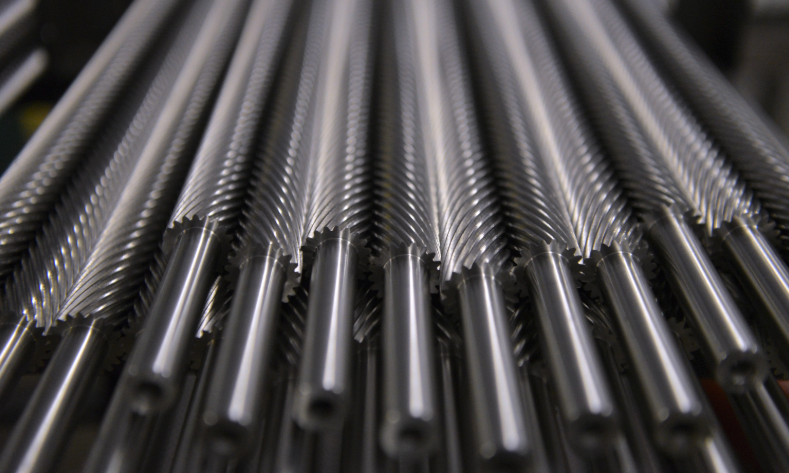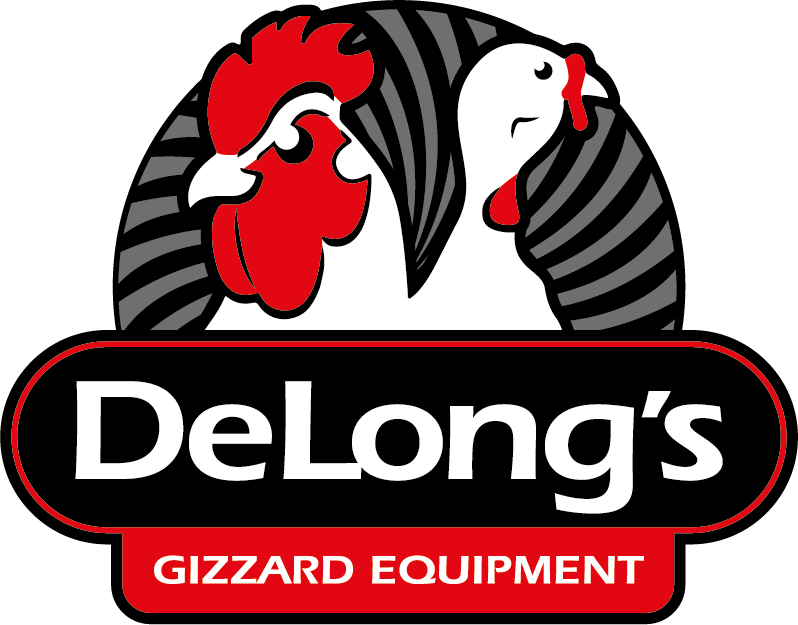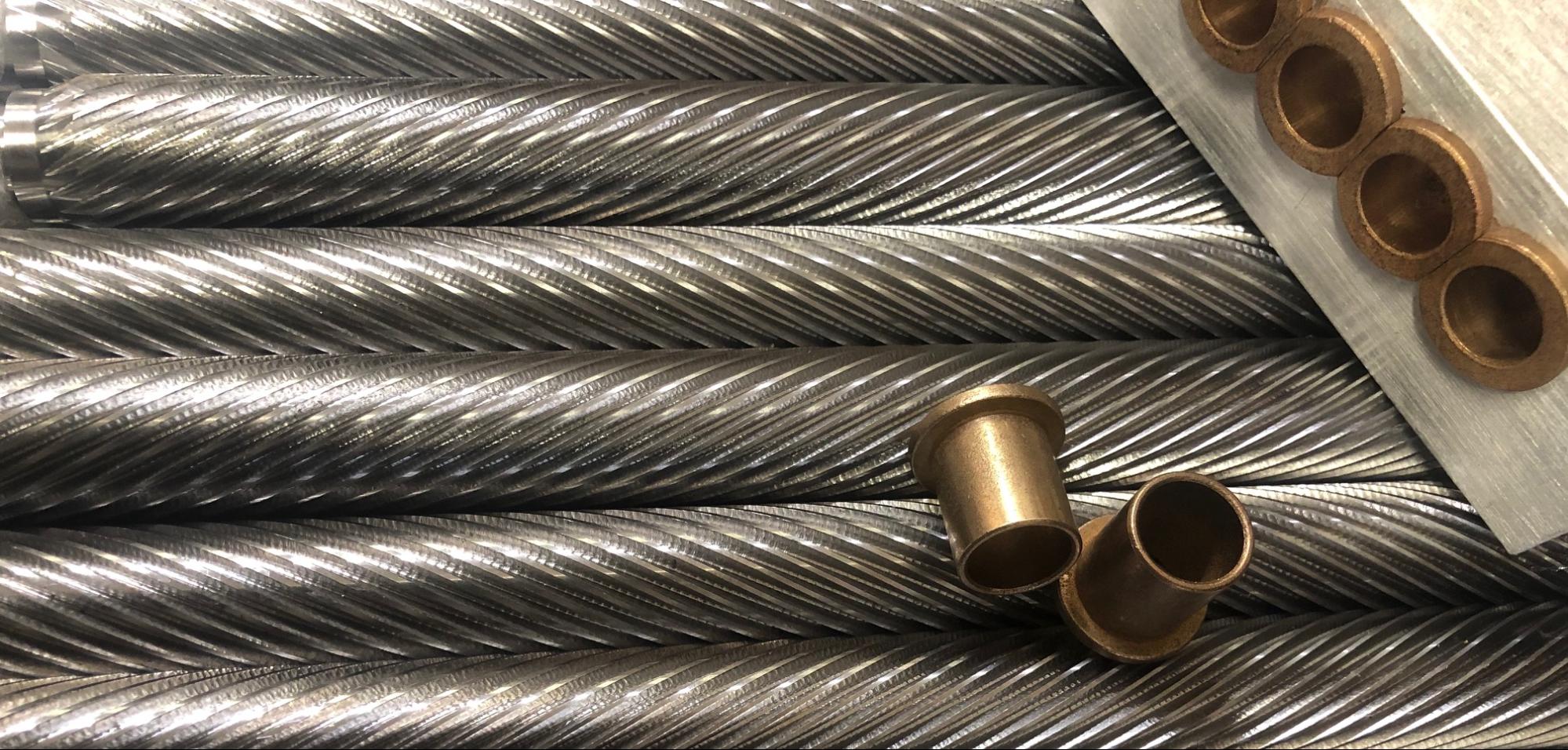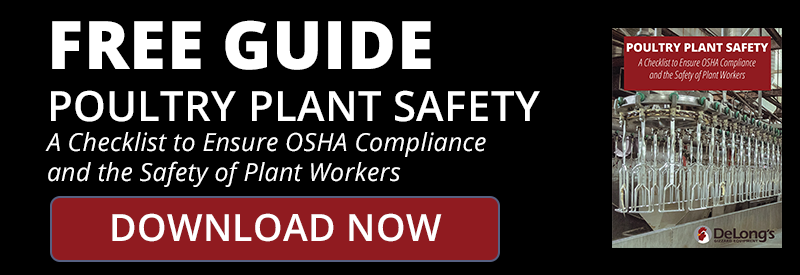
11 Jun Working With Gizzard Peeling Rollers
DeLong’s Specialty Rollers
DeLong’s offer several gizzard rollers such as manual gizzard peeling rollers, breast cleaning rollers, gizzard harvesting rollers, and neck and thigh skinning rollers. All of these peeling rollers have been personally designed and operated by DeLong’s throughout the years.
Working with specialized equipment comes with its own set of hazards and safety procedures. To ensure that workers are using the equipment properly and promote efficiency, we have compiled a list of tips to follow for the safest roller usage.
Peeling Rollers
Peeling rollers consist of a rotating drum with a raspy surface designed to peel the skin from the gizzard. These rollers are constructed from stainless steel and hardened stainless steel. This machine has unique risks associated with using it and should be carefully operated to ensure employees do not come into contact with the peeler.
Proper Peeling Roller Techniques
Peeling rollers are designed to grab onto a piece of skin and strip it from the carcass. To properly use a peeling roller, apply pressure to the carcass with the palm, inspect each gizzard before peeling and finally sort the final product into the “good product” shoot. These procedures ensure that the bird is peeled properly, the meat is maintained and the worker does not come into contact with the peeler.
DeLong’s also recommends replacing the brass bushings every time you replace the peeling rollers. Bad bushings can cause a good peeling roller to perform poorly. Proper techniques and equipment are essential for a desired outcome.
Peeling Roller Hazards
There are conditions you should never operate a roller in. A worker should never have gloves, long sleeves, loose clothing, long fingernails, loose hair or press fingertips onto the roller. Since the roller is designed to grab loose material, excess clothing and hair are at risk of becoming stuck in the machine. Making sure all clothing is tight fitting, hair is away and caution is used around rollers will minimize worker injury.
The specific hazards associated with the roller include getting fingers or materials caught in the roller as well as holding the body in specific positions to perform this task. For workers, minimizing movement and having rotating shifts will keep the body from being over exerted and prevent reduced blood flow to the legs and arms.
At DeLong’s and at meat processing plants across the country, equipment safety and safe working environments are essential parts of the day-to-day operations. By addressing these concerns, taking steps to prepare workers for conditions and looking for creative solutions, processing workers and consumers can enjoy the safest final product. If you’re ready to order rollers, contact us.



